#one spotted prepona
Explore tagged Tumblr posts
Text
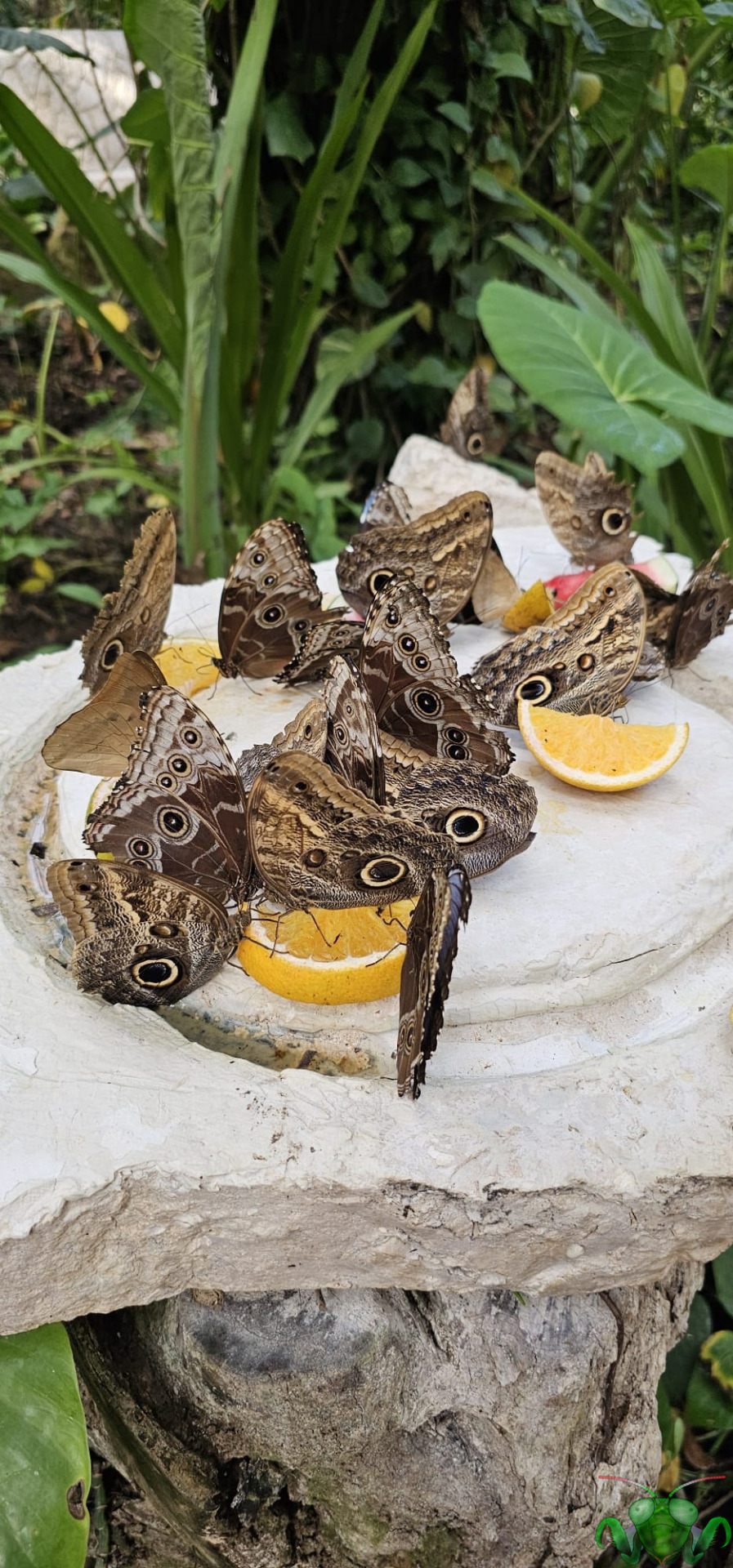



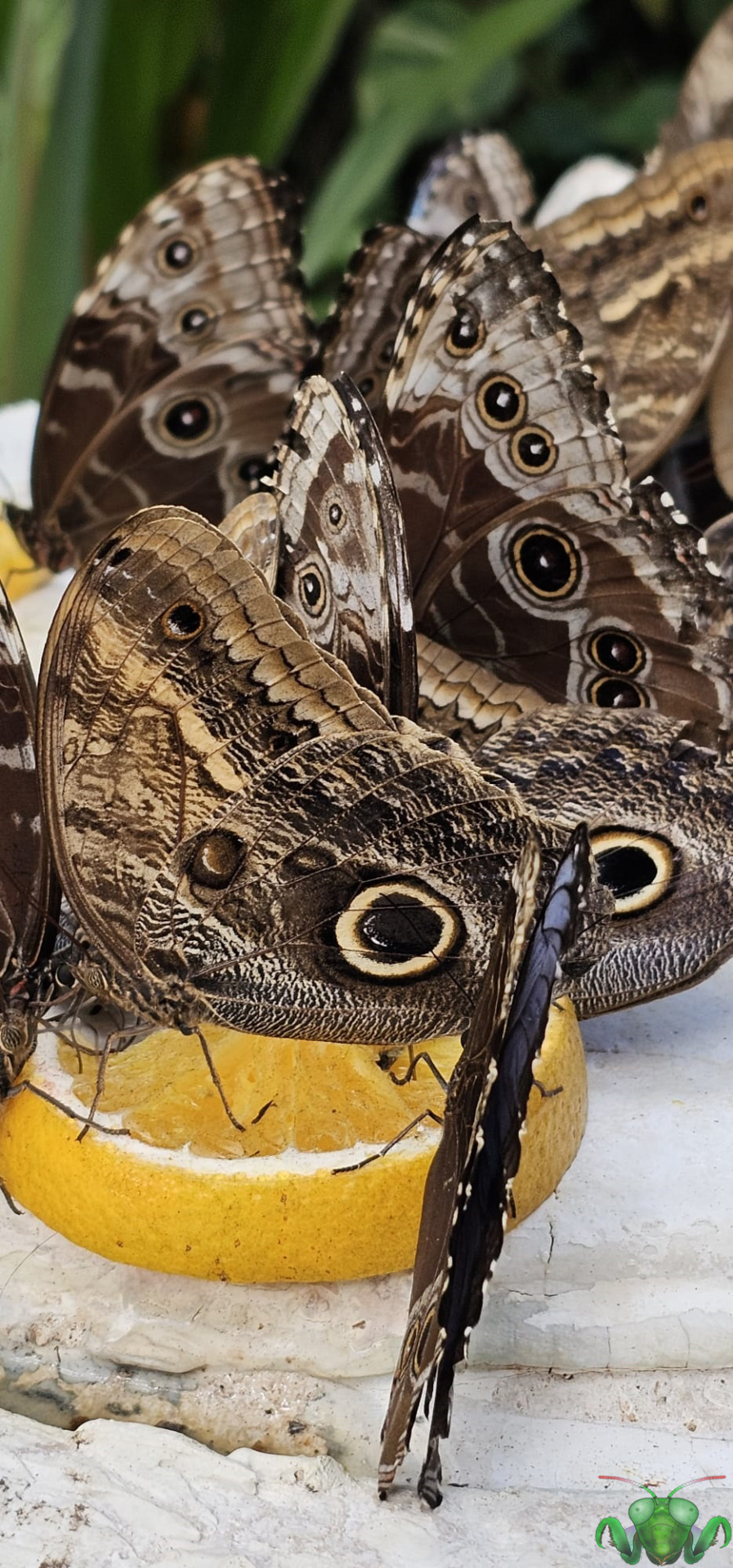

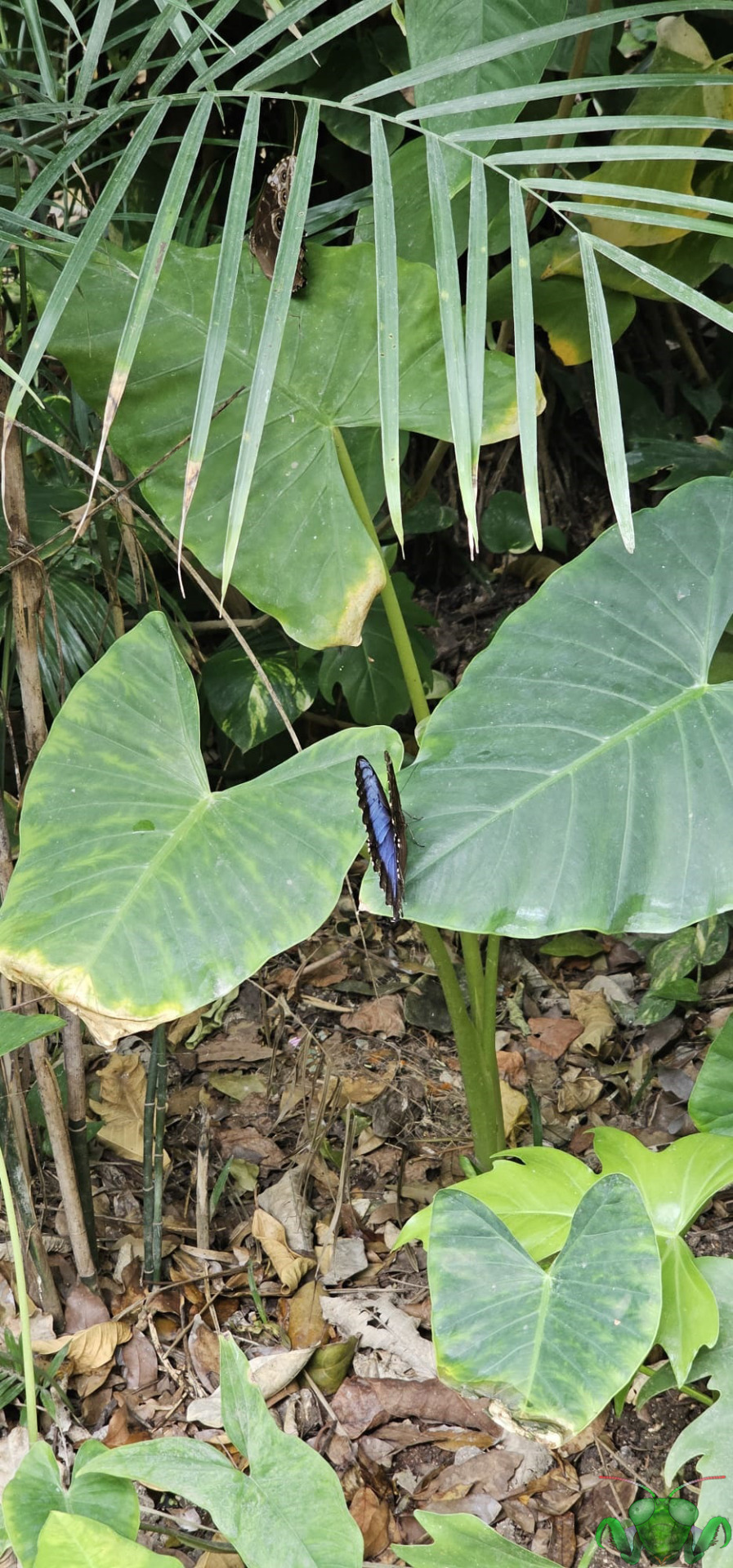

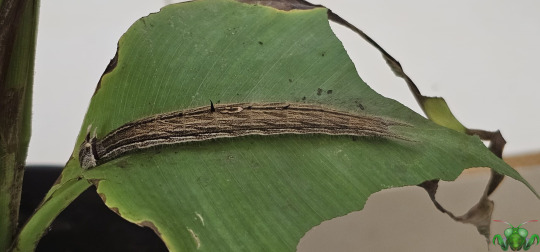
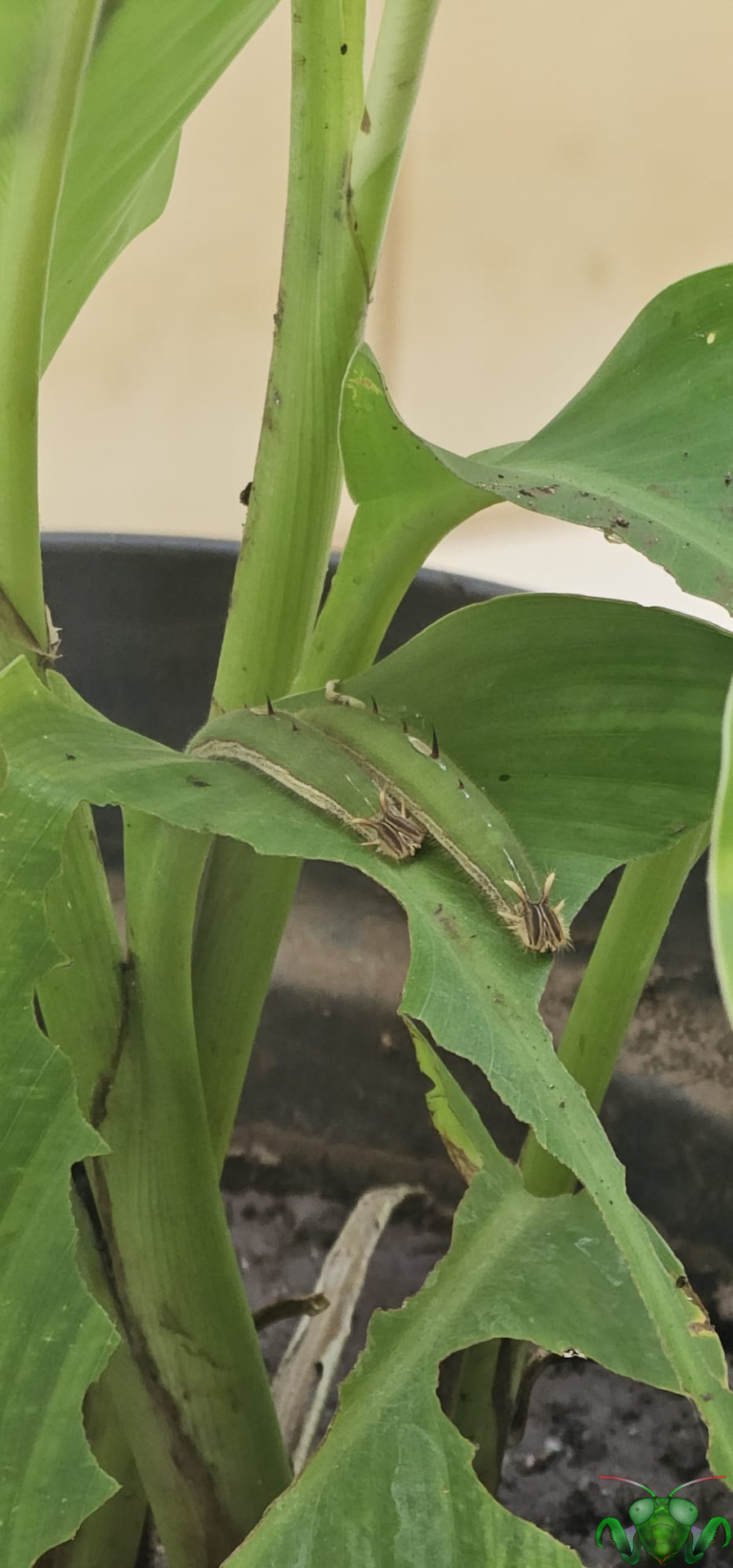
Brush-Footed Butterfly Snack Time & Hungry Owl Caterpillars
Our time observing the Butterflies of Mexico comes to a close with a delight sight of many individuals coming in to land for a citrus-filled snack! In this Butterfly garden, snacks are placed to encourage photography and closer glimpses at these beautiful insects. Handling is discouraged of course, but I'd be willing to bet that these Butterflies wouldn't mind flying over if you were close enough and holding some fruit. Using the orange slices, you can get a sense of scale for these scale-winged insects, and all things considered they are quite large and if they were to open their wings, their wingspan would be impressive! At this snack station, there are (at least) 3 different species of Butterflies congregating and sipping with their proboscises. Though different in many ways, these Brush-Footed Butterflies have one beautiful thing in common: their drab/mottled colored wings conceal vibrant colors on their dorsal side, aiding their survivability via cryptic camouflage. See if you can identify which specie is which.
The most conspicuous of these 3 are the Giant Owl Butterflies (Caligo telamonius), so named because of their large eye-spots on their hindwing's underside. Their cryptic colors combined with their dusk flying allows them to fly around with low risk of bird attack. And if a bird does attack, the eye-spots make a handy decoy. The hypothesis that the eye-spots deter predators by resembling a predators' eyes has been called into question. It's dorsal side features white, blue and black wings.
My dear friend was also able to find some Giant Owl Caterpillars among the plants. With the horn-like structures on their faces, the lines along their body and their spiny protrusions, they remind me of dragons. The wrigglers here appear to be enjoying Musa plants (the leaves appear similar to those of banana trees, one of which my family has had before). The green individuals appear to be the further developed instar since the spines are more prominent and far larger.
The individuals with brown and white wings featuring many ring-patterned spots are actually the Blue Morpho (Morpho peleides), one of the most iconic and iridescent-winged Butterflies. A few individuals here actually showcase their blue dorsal side (see Pictures 2, 3 and 7). Amazingly, their scale color is not caused by pigmentation of the scale, but rather the scale's prismatic qualities (a phenomenon known as structural color) which are stacked, resulting in entering light wavelengths manifesting only the blue wavelength of light.
Finally, try and spot the One-Spotted Preponas (Archaeoprepona demophon). These were the hardest to identify since they blend in amongst their larger friends and their tan-colored wings would make them difficult to see in the wild. What made the difference for me was the curvature along a vein in the hindwing. In comparison to their conspicuous fruit-mates, they aren't so distracting. However, up close there's quite a bit to enjoy. Looking at pictures other photographers have taken, they have a pink proboscis and a stunning teal-blue and black pattern on their dorsal wings.
Pictures were taken on February 11, 2024 in Mexico with a Samsung Galaxy S23 Ultra.
#jonny’s insect catalogue#giant owl butterfly#one spotted prepona butterfly#blue morpho butterfly#giant owl butterfly caterpillar#butterfly#caterpillar#giant owl caterpillar#one spotted prepona#blue morpho#brush footed butterfly#lepidoptera#insect#mexico#february2024#2024#nature#entomology#invertebrates#arthropods#photography#animals
10 notes
·
View notes
Text
#1974 - Two-spotted Prepona - Archaeoprepona demophoon

AKA Hübner's shoemaker and silver king shoemaker
The species name is a fabulous taxonomic joke - the One-spotted Prepona is Archaeoprepona demophon. This may have been accidental - Hübner’s description of demophoon was made 56 years after Linnaeus’ description of demophon. To complicate matters further both species often occur together, and on the upperside are nearly identical!
Most species in the genus were described before Hans Fruhstorfer coined the genus in 1916, and were originally in other genera. Archaeoprepona demophon, for example, was first described as Papilio demophon by Carl Linnaeus. Even after Fruhstorfer’s paper, species have commonly been included in Prepona instead.
The upper side of the wings of most Archaeoprepona and Prepona are very similar - dark brown with dazzling turquoise or blue bands - and it’s the underside of the wings that are most important for ID.
Several subspecies are found from Mexico to Paraguay, Cuba, Hispaniola, and Puerto Rico. The eggs are spherical, white, and laid singly on Persea, Nectandra or Ocotea ( Lauraceae ). The chrysalis is bluish green with irregular white spots resembling lichen. Adults are agile with powerful flight, and are only active in hot sunny conditions. They are known to live for up to 8 weeks, with males perching on tree trunks or foliage, and dogfighting rival males above the treetops. Both sexes commonly feed at sap runs, rotting fruit, and less often at urine, dung or carrion, oblivious of any human disturbance.
#Prepona#Archaeoprepona#nymphalidae#central american butterfly#south american butterfly#caribbean butterfly
0 notes